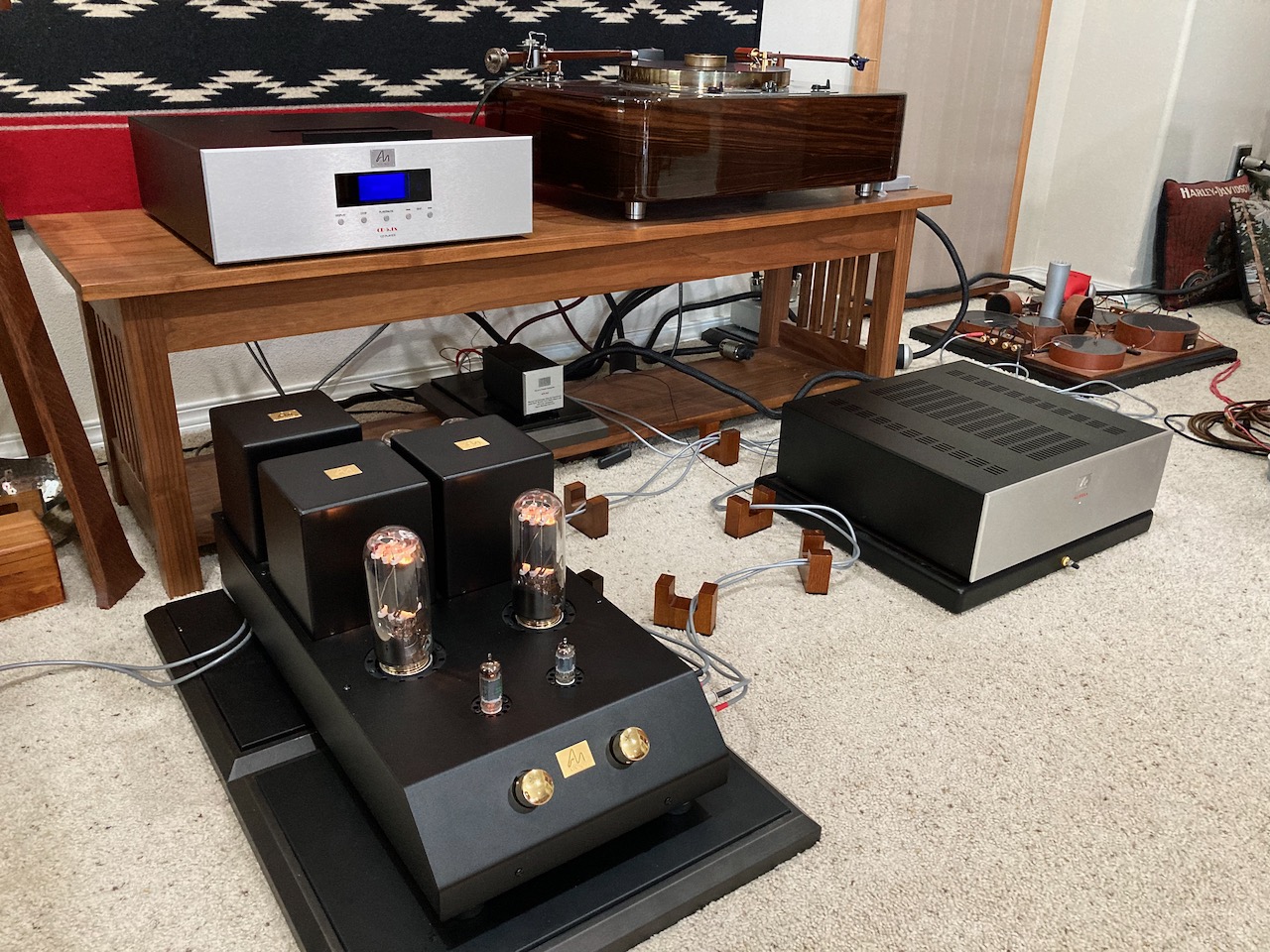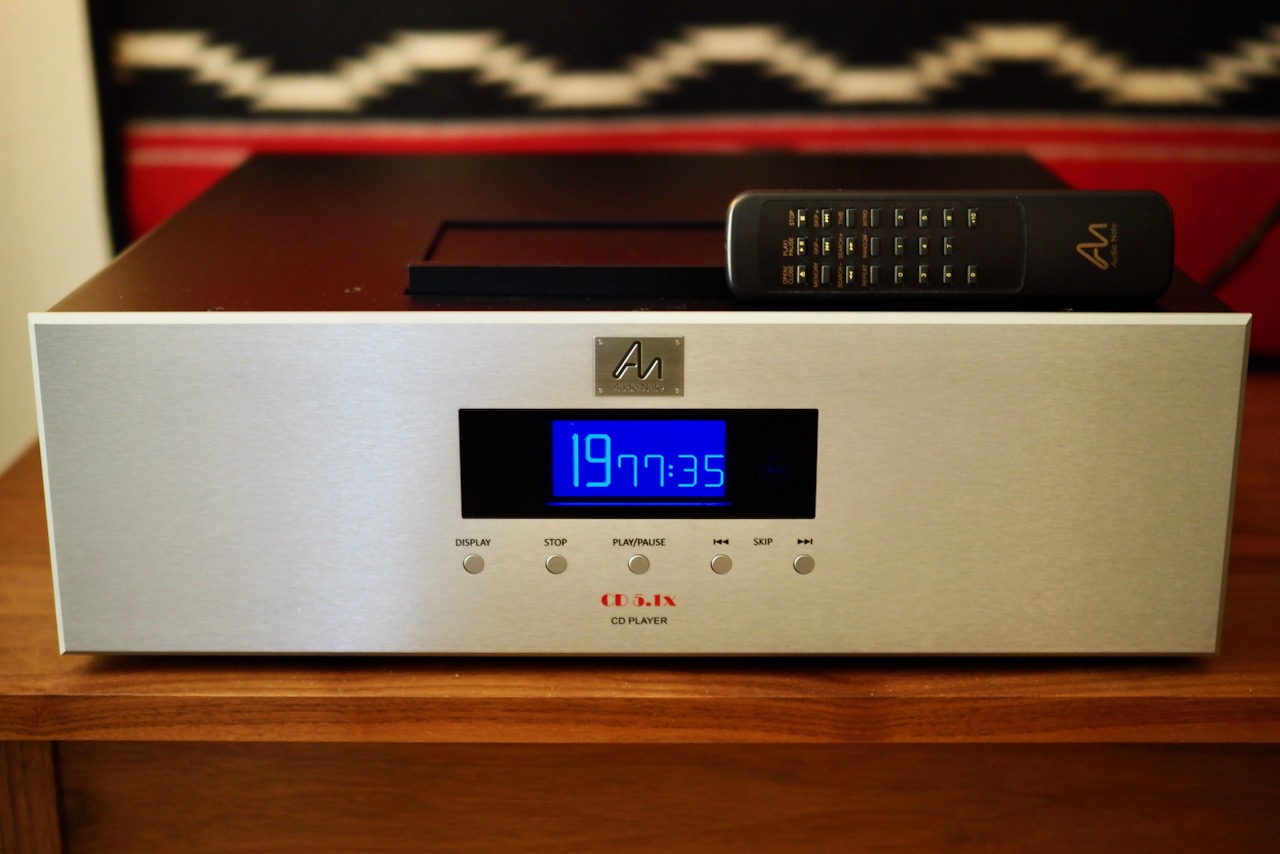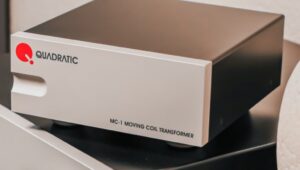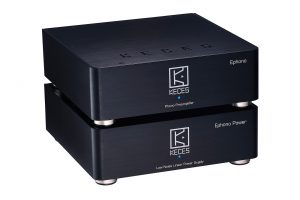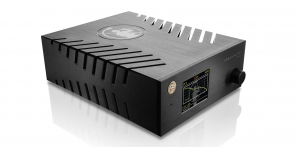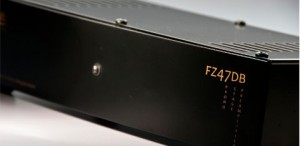Emotional Engagement and Drama
Moving on, now I want to address one of the most important audio performance aspects for me, which is the level of emotional engagement an audio system is capable of delivering.
Can it convincingly convey the life, the emotion and attitudes for any piece of music, just as the musicians and recording engineers hoped it would?
Different pieces of music can imprint different feelings on the listener. Music can trigger emotions like joy, anger, sadness, love, courage, or fear, for example.
The film industry is well aware of this phenomenon, and use certain types of music to impart these emotions to scenes in their films.
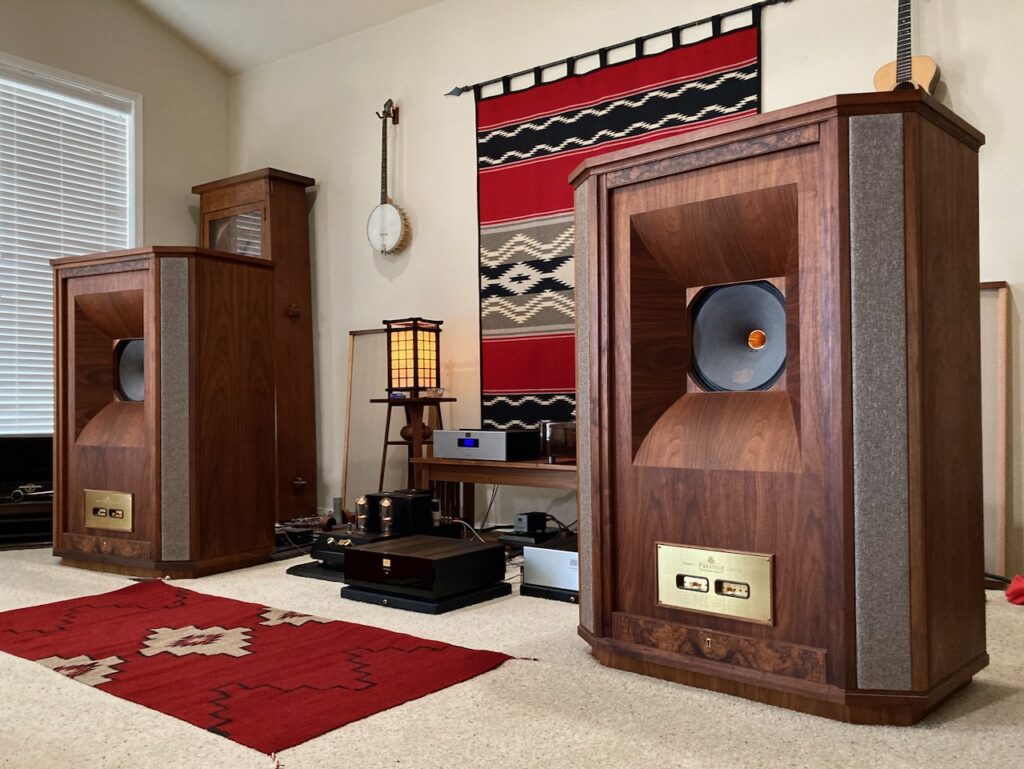
Researchers interested in the neurobiology of listening to music have found that audio systems that can play at realistic loudness levels, are dynamically realistic, and can realistically portray timbral textures, tempo, and beat, will be more emotionally engaging and musically satisfying, than those audio systems that can't do that as well.
The M6 is particularly adept at playing recordings at realistic levels of loudness for any given type of music, and sounding musically natural at those SPLs, which I found to create a stronger, more realistic emotional connection to the music as I listened.
As I noted in my overview of the M6's performance across the audio spectrum, those parts of the audio spectrum that are particularly important to realistic portrayals of timbral textures, tempo, and beat, are all very strong areas of performance for the M6, which translates to more emotionally engaging and musically satisfying listening sessions.
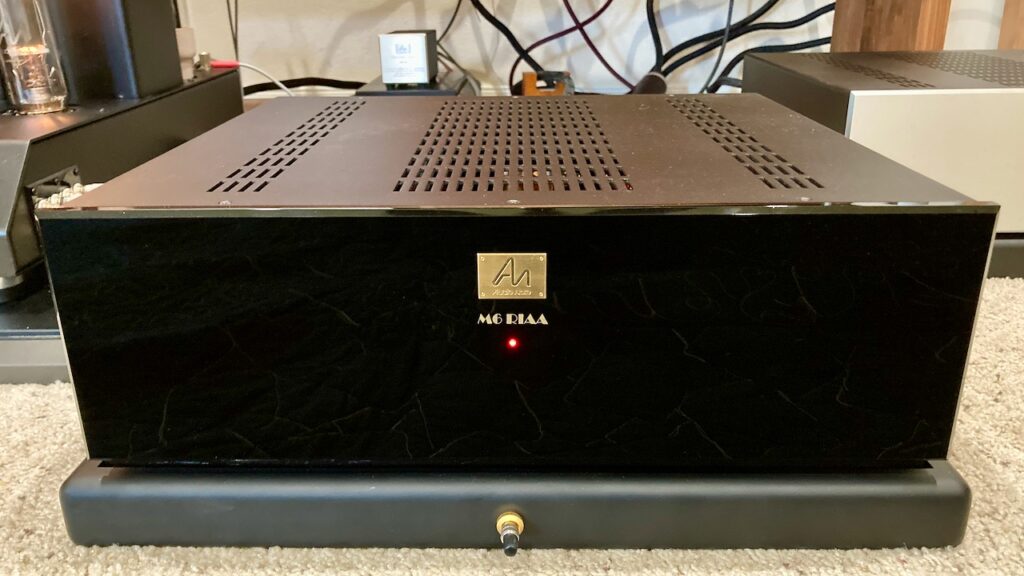
As I was listening, I pondered the M6's performance in terms of its ability to evoke an emotional response in me as I listened.
The M6 is very adept at portraying the musical drama of a recording as it is embodied in the five major emotions of drama: anger, sadness, love, joy, and fear.
I could feel the M6 stimulating those emotions in me when they were part of the musical message of a song, and if present, in the way the dramatic structure of the song unfolded (i.e. through Gustav Freytag's dramatic structure criteria).
Waves of varying emotional intensity washed through and over me as I listened to the music passing through its "story" as the song unfolded, in its musical and lyrical forms, and the powerful feelings it left me with as the music reached its conclusion.
What I found with the M6 in particular, was the way it revealed the varying intensities of the emotional waves in the music as it unfolded in time, as it told its emotional "story," which I found to be both emotionally and intellectually satisfying, adding deeper meaning to the music for me.
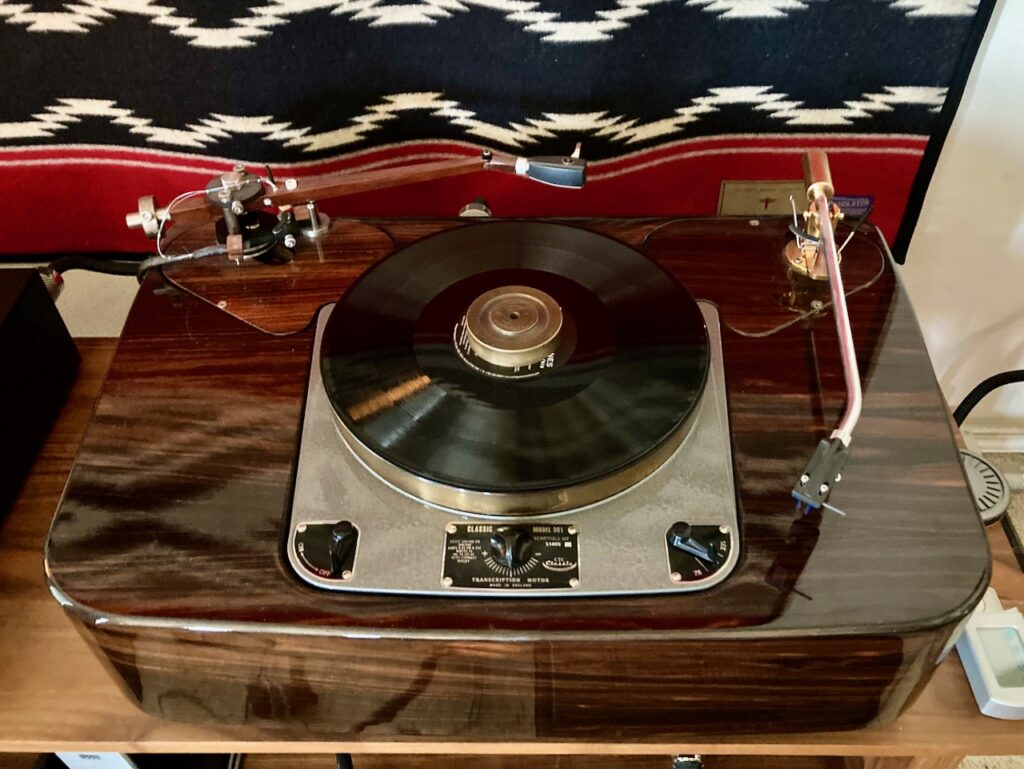
Think of the emotional energy you feel from an album as it flows through a song. Feel its ebb and flow of energy, its tone and mood, what the lyrics they are saying, its general beat.
The M6 reveals each album as a unique individual, with its own energy, its own unique feel in tone and mood, in its style of recording, in its fidelity.
I found it to be a remarkable experience to become more aware of, and to feel in my emotions to a greater extent. The level of emotional insight and engagement that the M6 RIAA phono preamplifier was capable of providing in my listening sessions across a span of albums, was illuminating and satisfying.
Now onto the final part of my listening impressions, the M6's performance in terms of live-like musicality, and visuospatial criteria.
Musicality
Musicality doesn't mean how pleasant the music is to listen to, rather it means how close an album, a recording, comes to sounding like the real thing—the actual live sound of musical instruments (or voices)—in terms of timbral realism, resolution of tone color, melody, harmony, rhythm, tempo, dynamics, and loudness.
Accuracy is a bit of a moving target for recordings, because no recording is a perfect analog of a musical event due to variations in microphones, electronics, venues, etc. The components of the recording signal pathway all apply a "filter" to the "real" music waveform to some extent, but I do want "accuracy" to be in a believable range.
For example, does a Martin D-28 flattop guitar sound like the steel-stringed guitar it is, or is its sound quality changed by an audio system so that it sounds like a nylon string guitar?
I've heard audio systems do that sort of alteration to the timbral textures of instruments before, or cause changes in the way melodies, rhythms, tempos, or chordal tone colors are presented.
I don't want a component or audio system to make those kind of changes, as it's inaccurate musically, and degrades the quality of the musical performance for me.
Instead, I want what is actually recorded on an album to come through with as much information as possible, and in an unaltered fashion, so that what I hear from the recording is accurate from a musicality perspective for that recording, and that's what the M6 does.
The M6 delivers all the musicality information encoded in a recording in as realistically a live-like fashion as any given recording seems to allow. There's truth of timbre for instruments and voices, accurately rendered chordal tone colors, and the melodies, rhythms, and tempos were full of motional life as they flowed past me in time as I listened. The M3 does this as well, just to a lesser degree.
Visuospatial Performance
Now for my final listening perceptions topic, one that is dear to many audiophiles, and the bane of some music lovers: visuospatial performance.
Visuospatial characteristics like transparency, resolution, soundstage, soundspace, and imaging aren't qualities that are actually part of the music itself, but are artifacts related to the era and style of recording.
All of the eras of the recording arts—acoustic, electric, monaural magnetic, stereo magnetic, and digital—have visuospatial elements information embedded in the recordings, but they are most pronounced in stereo magnetic era recordings, which audiophiles love to listen to.
One endearing thing about visuospatial elements in recordings, is they tend to contribute to an enhanced emotional impact from music as we listen, because there is a brain connection in the intraparietal sulcus that does processing for both visuospatial processing and transposing melodies.
This eye-ear overlap in brain function can result in additional pleasure from visuospatial elements while listening to music, which is why some audiophiles are so very keen on maximizing the visuospatial areas of performance.
In terms of visuospatial performance, the M6 is the highest performing phono preamplifier I have encountered, which is likely related to the large amount of information nuance that it passes along to the listener.
The M6 portrays the atmosphere of the recording space vividly in live recordings with an audience, and often studio recordings have a room-filling "cushion" of atmosphere about them as well. In my living room that resulted in the atmosphere of the recorded space being projected into the reaches of my room's front and side walls, or even beyond them on some recordings.
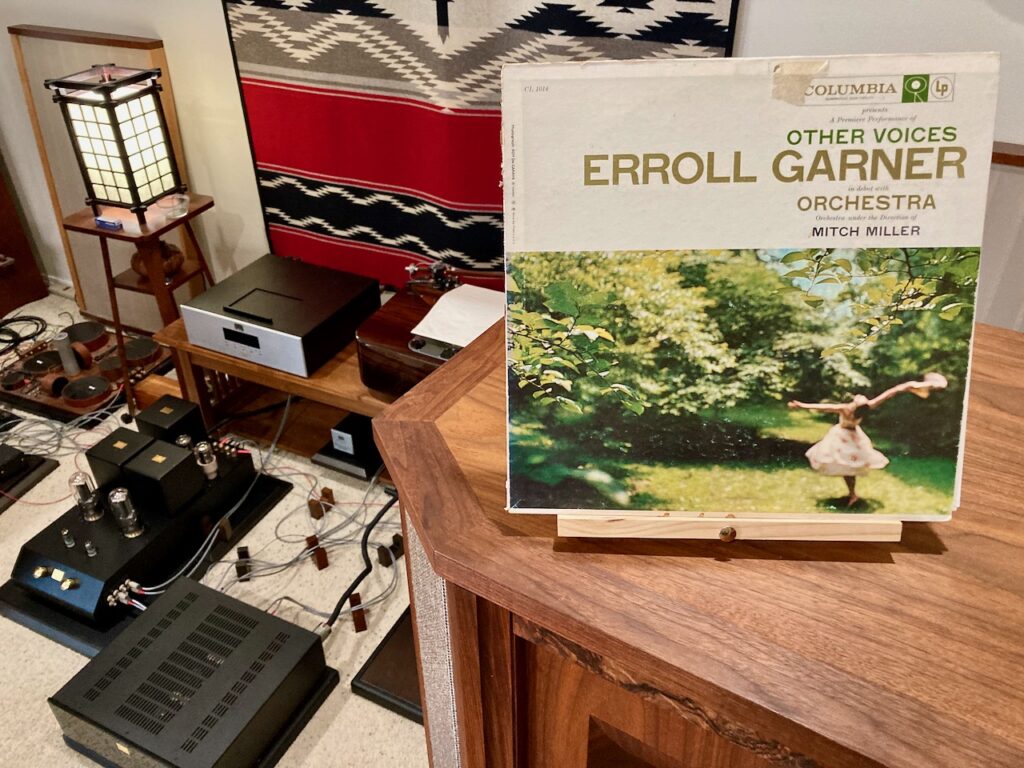
For example, in Errol Garner's monaural Other Voices album (Columbia CL 1014, 1957), with the M6 I could hear how much farther out into the recording venue the microphone could "hear"—or detect—subtle information cues.
The M6 rather dramatically showed how much deeper microphones can hear/detect into the furthest reaches of recording venues than we usually hear from them. It turns out there's a lot more information documented in those recordings than one might think. The M6 lets more information through, more timbral textures, more subtleties in dynamics, as well as more dynamic headroom.
Other Voices almost sounds like a different recording through the M6 compared to the M3. The orchestra moved forward and got 'bigger' sounding. I could hear little details like faint voices that I couldn't hear at all with the M3. The M6 was very open sounding, and more musically engaging at the same time—there was just more of everything. What really was noticeable as a result, was the increased sense of drama conveyed in the music. I was impressed with the way the M6 could push all my drama buttons.
The M6 portrays aural images with a sense of solid "body," and with a "living" sense of dramatic presence, and there was a holographically "real" solidity about them that I found to be very satisfying.
One aspect I found to be particularly fascinating, was how discernible the sense of space between the aural imaging of instruments (and vocals) was on the soundstage for live recordings, and for studio recordings when it was present.
More important than that to me, was in that space between aural images was that I could get a sense of how the musicians were responding to each other in terms of "feeling" as they played, and there was a definite musical connection between the musicians as they played that bridged the space between images.
Please click on the link below to go to the final page.





